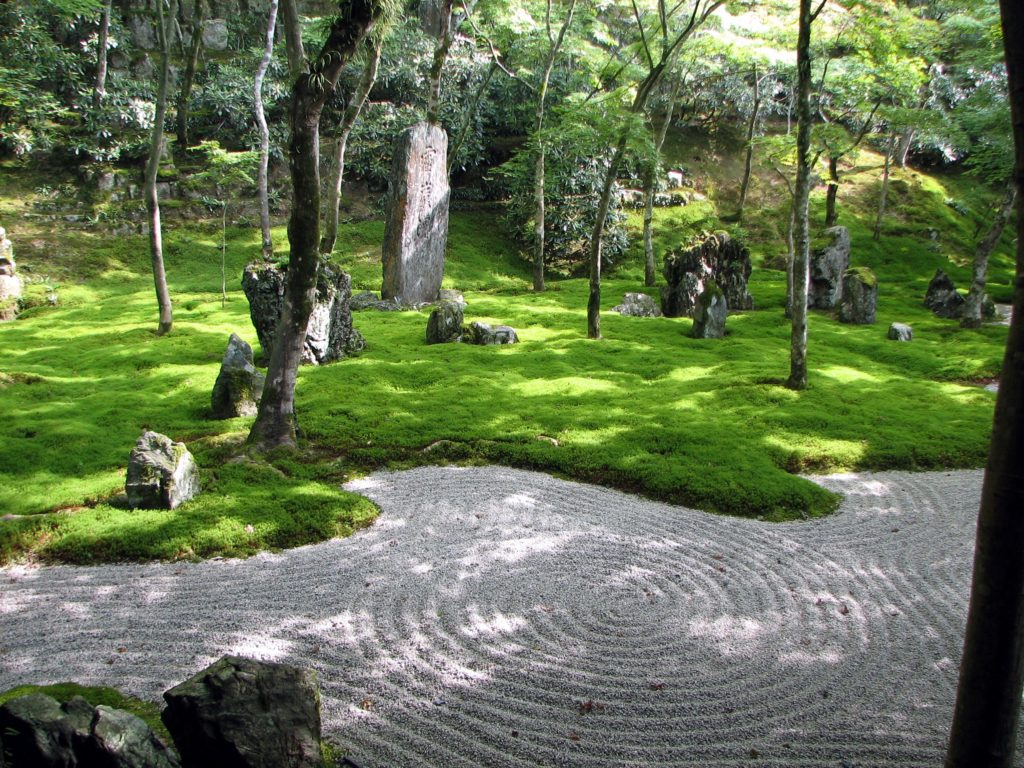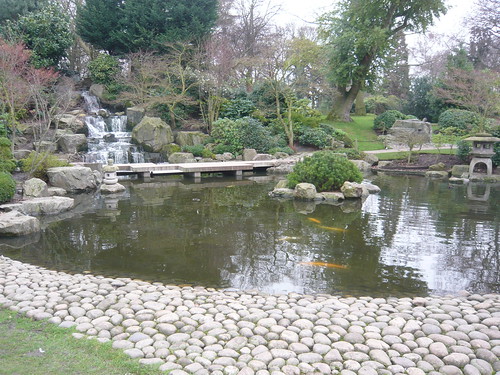Taoist Gardens of the Immortal

Chinese Taoists or Daoists sought to recreate the vision of immortals who they believe live in the Mystic Isles. This perfect land was envisaged as a route to eternal life.
Taoism is a religion of nature where everything has its own spirit and deities reside in natural objects. So Taoists gardens reflect landscapes and gardens that are ‘works of nature’.
Components of a Taoist Garden
- Water is the core focus of these gardens. A central pool and or a stream and waterfall provide a focal point.
- Pools should be a natural shape without straight edges or hard lines.
- Mountains are featured from rocks often one large rock. Each rock is carefully place to optimise its own spirit. Pitted stones and those worn with age are prized for use in grottoes.
- Buildings are important as a place to view nature from the best angle. Generally the buildings are clean simple or rustic structures. Imperial gardens were, not surprisingly, elaborate structures.
- Types of building and structures include verandas, pavilions, gazebos, covered walks, dry boats to extend over water and of course bridges.
- Borrowed views created by windows and pruning emphasis near and distant views.
- Contrast is key to providing good feng shui.
Objectives of a Taoist Garden
- Tao intention is to be the way the path or the road to truth.
- The ‘simple path’ to return to to the simplicity and naturalness of the inner pulse of the Tao.
- The pools often contain Koi to help harmonise the mind to be at peace.
- If contemplating your own Taoist garden keep it as simple as practical and use nature in its basic and simplest forms.
Flowers and Plants are not Crucial
- Flora are chosen for shape and scent rather than colour. Plum or cherry trees for blossom and pine trees for height.
- Plants are used in symbolism. Peach trees represent immortality. Chrysanthemum long life and contemplation. Magnolia beauty and gentleness. Water lily truth and purity and bamboo represents the steps to enlightenment.
